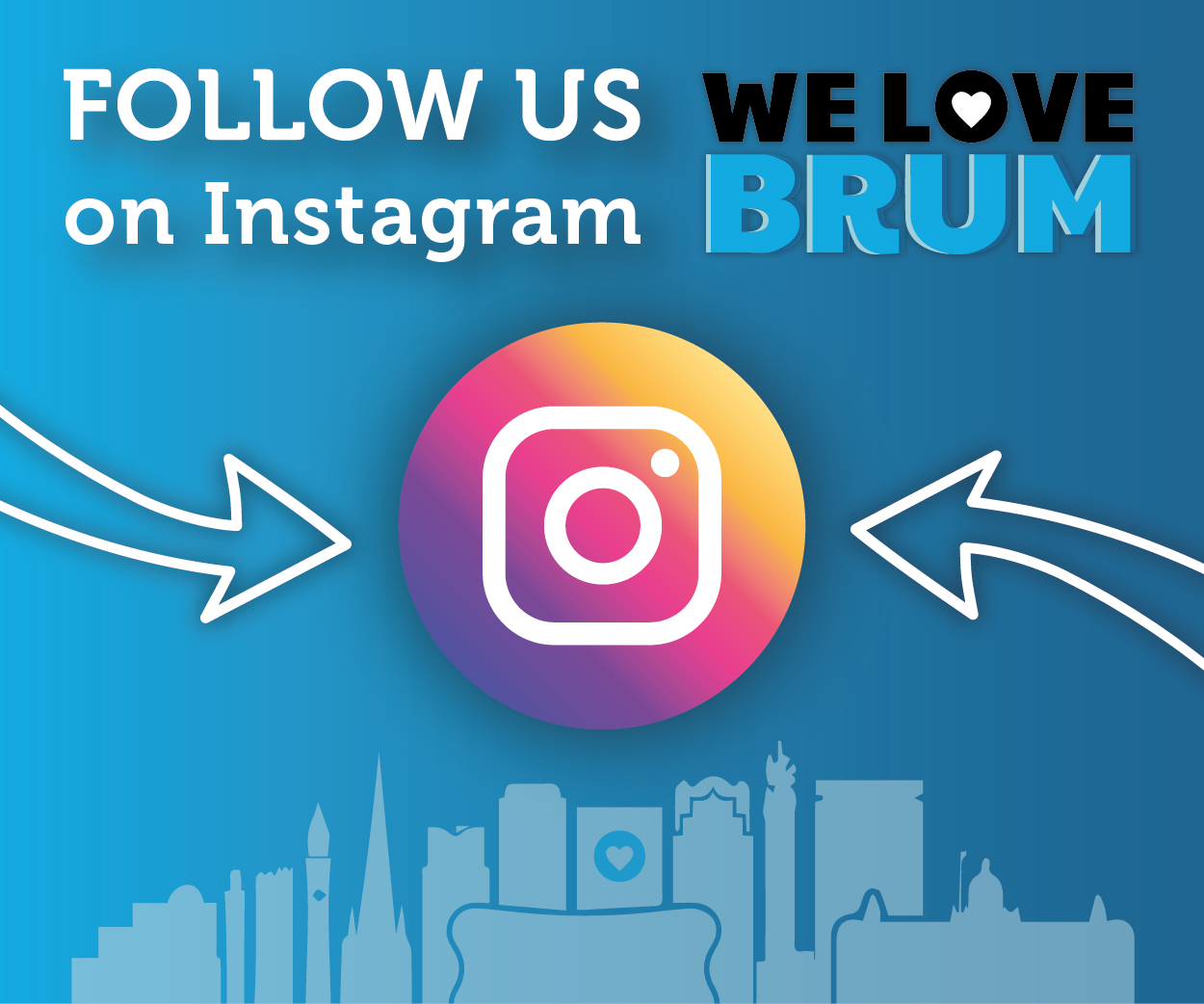Digitising and archiving family photos and documents can be a rewarding journey that ensures the preservation of precious memories. This practice not only protects against physical damage but also makes these memories easily accessible for future generations. By transforming physical photographs and documents into digital formats, you safeguard your family’s legacy and enhance its longevity.
Choosing the Right Equipment
The first step in digitising your family photos is choosing the right equipment. A high-quality scanner is essential for capturing detailed and accurate images. Look for a scanner that offers high resolution and colour accuracy to ensure your photos are preserved in the best possible quality. Some scanners are specifically designed for photographs, providing features that enhance the scanning process.
If you don’t have a scanner, consider using a smartphone with a high-resolution camera. Many apps are available that can help you capture and edit your photos, making this a convenient and cost-effective option. Additionally, some local libraries or community centres offer access to scanners, providing another option if purchasing equipment isn’t feasible.
Organising Your Photos
Before you start digitising, it’s important to organise your photos. Sorting them by date, event, or person can make the process smoother and help you create a more coherent digital archive. Take your time to label and categorise each photo to make future searches easier. This organisational step saves time in the long run and ensures that your digital archive is logical and accessible.
Once your photos are organised, consider setting up a dedicated workspace. Having a clean, well-lit area to work in will help you stay focused and ensure that your digitising process goes smoothly. This space can also serve as a temporary storage area for your photos as you work through them, helping to keep everything in order and prevent any mix-ups or lost items during the digitising process.
Scanning and Saving Photos
When you’re ready to start scanning, make sure your scanner is set to a high resolution, typically 300 DPI or higher. This ensures that your digital copies are clear and detailed. Save your scanned images in a high-quality format like TIFF or JPEG to preserve their quality. High-resolution scans capture more detail and provide better quality for future editing or enlargements.
Create a consistent naming convention for your files to keep them organised. Including details like the date and names of people in the photo can make it easier to find specific images later on. For example, you might use a format like “1985_FamilyReunion_GrandmaAndGrandpa.jpg”.
Using Photo Editing Software
Once your photos are scanned, you may want to use photo editing software to enhance and restore them. Basic adjustments like cropping, brightness, and contrast can make a big difference in the appearance of your photos. Many photo editing programs offer user-friendly tools for these tasks, making it easy even for beginners to improve their images.
For more advanced restoration, look for software with features like scratch removal and colour correction. With a bit of practice, you can bring even the most damaged photos back to life, preserving your family’s history in vivid detail.
Digitising Important Documents
In addition to photos, digitising important family documents is a valuable step. Birth certificates, marriage licenses, and other legal papers can be scanned and saved in digital format for safekeeping. This ensures that you always have access to these crucial documents, even if the originals are lost or damaged. Digitising documents also makes them easier to share with family members or legal professionals when needed.
Like photos, documents should be scanned at a high resolution to capture all details. Save them in a PDF format for easy viewing and sharing. Organise your digital documents in clearly labelled folders to make them easy to find when needed. An easy to use file convertor can help if you need to change formats, such as converting a PDF to Word for editing purposes. Ensuring your documents are well-organised and easily accessible can save time and stress in the future.
Creating a Digital Archive
Once you have digitised your photos and documents, it’s time to create a digital archive. Store your files on an external hard drive or cloud storage service to keep them safe. Consider making multiple copies and storing them in different locations for added security. Having redundant backups ensures that your digital archive remains intact even if one storage method fails.
Label and organise your digital archive in a logical manner. Create folders for different events, people, or time periods to make it easy to navigate. A well-organised digital archive is a valuable resource that can be enjoyed by future generations. Consider adding metadata to your files, such as descriptions and tags, to make searching and sorting even easier.
Sharing Your Digital Archive
Sharing your digital archive with family members can be a wonderful way to keep everyone connected. Upload your photos and documents to a shared cloud storage service or create a private online gallery. This allows family members to access and enjoy these memories from anywhere. It also provides an opportunity for relatives to contribute their own photos and documents, enriching the archive.
Consider creating digital photo albums or slideshows to share with loved ones. These can be a fun way to showcase your family’s history and make special occasions even more memorable. Sharing your digital archive not only preserves your family history but also strengthens the bonds between family members by celebrating shared memories and experiences.
Backing Up Your Archive
Regularly backing up your digital archive is essential to ensure its longevity. Set a schedule to back up your files to an external hard drive or cloud storage service. This protects your archive from data loss due to hardware failure or other unforeseen issues. Automating the backup process can save time and ensure that it is done consistently.
Consider using automated backup software to make the process easier. With regular backups, you can have peace of mind knowing that your family’s memories are safe and secure. Regularly check your backups to ensure they are functioning correctly and update them with any new files or changes to your archive.
Conclusion
Digitising and archiving your family photos and documents is a valuable project that preserves your family’s legacy for future generations. By following these steps, you can create a digital archive that is well-organised, easy to access, and safe from damage. Enjoy the process of rediscovering your family’s history and sharing it with your loved ones.




